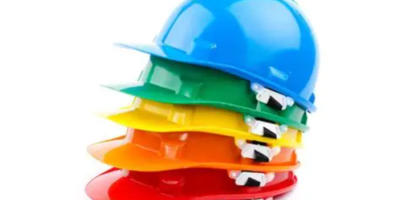Tristan and Donovan are off-again-on-again roommates and good friends from London, Ontario. Good, local food and beer are just some of the common interests these two share. While they realize that they don’t know everything there is to know about craft beer (and cider) (and mead), they’re always willing to try something new for the greater good. Neither is a beer snob, and both have been known to drink beer store favourites such as Molson Canadian, Budweiser, and their old friend James Ready. They also encourage any readers to recommend their favourite craft beers for review, just email the Iron Warrior!
For our tenth issue of Broskies on Brewskies we wanted to do something special, so we went into the vault and decided to do a “best-of” showdown. We found five different beers at the LCBO that we had given at least four out of five previously, and tasted them again to see if we still liked them as much. As such, the ratings in this issue reflect higher standards than normal.
The first all-star brew we tried was the Spark House Red Ale from the Lake of Bays Brewing Company. From the first sip we knew that we still liked it. We were a little parched after our trip to the store (some weather we’re having, eh?), so we started a little fast and didn’t really let up. Light and slightly bitter, the Spark House has a pleasant taste that’s fairly accessible. A bitter aftertaste doesn’t overpower the beer at all, and actually adds to our overall enjoyment. The malts used in making it are a nice counter to the hops used heavily in most craft beers. It’s also a very dry beer, similar to a white wine. We were unsure of how to rate this on our more intense scale, so we gave it four out of five.
Up next was the Fire in the Rye, a roasted rye pale ale from Double Trouble Brewing company. With a 6.1% alcohol content, this might actually be double trouble for those not used to craft beers. Fire in the Rye has a bite to it, which Donovan in particular really likes. As a fan of rye whiskey. this makes sense. It’s a very similar beer to the Spark House, but less accessible. Bitter and sour, all the flavours meld very well together. Discord began to brew amongst the Broskies when it came to rate this beer, as Tristan liked the Spark House more, and Donovan preferred Fire in the Rye. After a heated debate the two beers ended up totally tied.
The halfway beer was the Jubilee Amber Lager. Lagers are typically more subtle in their taste than Ales, and the Jubilee Amber doesn’t disappoint. It’s still bitter, but has a milder and less aggressive feel to it. Once you get past this it’s similar to the first two. It feels heavier than both of them though, and is very easy to drink. We liked this one a lot, and gave it top marks, a full five out of five.
For the first time ever, we drank a fourth beer on the night. The Harbinger American Pale Ale from Descendants Beer and Beverages wins the best can design award for the year with its simple, flat white can and cool/mysterious hooded figure. The Harbinger itself is dry, and less bitter than the other beers. A fruity sweetness is one of many undertones that blend together nicely with the malts. We found that this beer was similar to the first two beers in every way that the last beer was different. While still a very good craft brew, on our harsher scale we settled on three out of five for the Harbinger.
Last up was the Cassel Brewery’s Golden Rail, a honey brown ale. We particularly remember liking this one, and were a little disappointed the second time around. We had put it up on an unreachable pedestal of craft beer awesomeness. The honey flavour comes through with a mild flavour that most would appreciate. After we finished our first of this beer we had another, and then another. This beer also received full marks.
Overall this was a difficult contest. All of the beers we had are very good, and we recommend that you try any and all that you can get your hands on. Please remember to taste responsibly, and we’ll be back in a few weeks with another set of all new craft beers!




Leave a Reply